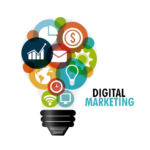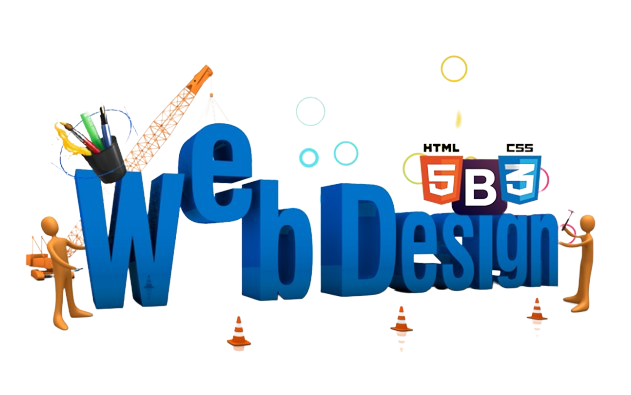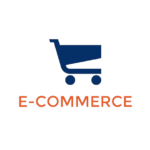The Ad Manager on Facebook is a sophisticated dashboard that gives users an overview of all their campaigns.
- The dashboard displays an estimate of how much you spend each day right away. The dashboard is organized by columns, making it simple to filter through your ads and create a customized view of your results.
- Key metrics such as reach, frequency, and cost are readily available, making performance reporting a no-brainer.
A Facebook Business Page is required to use the Facebook Ads Manager (learn how to set one up here). This is due to the fact that advertisements cannot be run through personal profiles.
Then, proceed as follows:
Go to https://www.facebook.com/business/tools/ads-manager/.
Go to Ads” by clicking the “Go to Ads” button.
Begin by creating an ad in Facebook’s Ads Manager
When you log into Ads Manager, you’ll see a performance dashboard with a list of all of your campaigns, ad sets, and ads, as well as the results they’ve generated for your Facebook page. This dashboard will be empty unless you’ve already created an ad for your Facebook page.
To create a new campaign, ad set, or ad in Facebook Ad Manager, navigate to the ad type you want to create and click the green “Create” button to the far left of these ad types, as shown below.
This screenshot shows that we are currently preparing to launch a new campaign.
The Facebook ad campaign goal
Like many social media advertising networks, Facebook’s Ads Manager is designed with your campaign goal in mind. Before you begin, Ads Manager will prompt you to select an objective for your campaign:
There are main 5 different objectives from which to choose. The list includes everything from raising general brand awareness to increasing app installs and traffic to your online store.
By selecting one of these objectives, you are providing Facebook with a better idea of what you want to do so that they can present you with the most appropriate ad options. Facebook’s ad options, as shown in the screenshot above, include:
- Link ads
- boost ads
- Pagelike ads
- Carousel ads
- Video ads
Select your target audience
The next step is to define your target audience; you can do this for each ad set in the same campaign.
If you’re just getting started with paid advertising on Facebook, you’ll probably have to try out a few different targeting options until you find an audience that fits perfectly.
Facebook’s targeting criteria are accompanied by an audience definition gauge to assist you in narrowing your focus.
This tool, which is located to the right of the audience targeting fields, takes into account all of your selected properties to calculate a potential reach number.
Consider your objective when deciding whether to target a specific audience or a broad one. If you want to drive traffic, you should probably target the people you know will be interested in your offering.
However, if you want to raise brand awareness or promote a widely appealing offer, you can target a broader audience.
Facebook’s built-in targeting options are extensive, with options such as:
- Location
- Age\sGender\sLanguages
- Education Work Financial Home Ethnic Affinity Generation Parents Politics (the U.S. only)
- Life Occasions
- Interests
- Behaviors\Connections
Make a budget
You can set a daily budget or a lifetime budget on Facebook. They differ in the following ways:
Budget for the day. This is the option to choose if you want your ad to run continuously throughout the day.
When you use a daily budget, Facebook will pace your spending per day. Remember that the minimum daily budget for an ad set is 100 rupees and that it must be at least 2X your CPC.
Budget for life. If you want to run your ad for a set period of time, choose a lifetime budget. This means that Facebook will spread your money out over the time period you specify for the ad to run.
A page for Facebook ad budget and schedule
To fine-tune your budgeting, go to the advanced options, which are linked at the bottom of the screenshot above. You can specify a few things in this section:
Schedule
Choose whether you want your campaign to run immediately and indefinitely, or if you want to set the start and end dates yourself. You can also configure your ads to run only during specific hours and days of the week.
Pricing & Optimization
Choose whether you want to bid on your goal, clicks, or impressions. (This will change how and where your ad is displayed and paid for).
- By doing so, you’ll pay for your ad to be shown to people in your target audience who are more likely to take the desired action, but Facebook will determine your maximum bid.
Manual bidding is recommended if you do not want Facebook to set optimal bids for you. This option gives you complete control over how much you’re willing to pay per completed action. However, Facebook will suggest a bid based on the behavior of other advertisers to give you an idea of what you should aim for.
Make your own ad
What do you want your advertisement to look like? It all depends on your original goal.
If you want to increase the number of people who click on your website, Facebook’s Ad Manager will recommend the Clicks to Website ad option. Doesn’t that make sense?
This ad type is divided into two types: links and carousels. This essentially means that you can display a single image ad (Links) or a multi-image ad (Carousel) with three to five scrolling images for free.
A Links ad will appear as follows:
A Carousel ad will look like this:
You’ll need to upload your creative assets once you’ve decided between the two. It’s important to note that Facebook requires users to follow specific design criteria for each type of ad.
For single image ads, Facebook requests that users follow the following design guidelines:
- Text length: 125 characters
- Advertisement Headline: 25 characters
- 1.91:1 image ratio
- 1080 x 1080 pixel image resolution (including CTA)
Facebook offers the following design recommendations for multi-image ads, also known as Carousel Ads:
- 1080 x 1080 pixels is the recommended image size.
- Image ratio: one to one
- Text length: 125 characters
- 40 characters for the headline
- Description of the link: 20 characters
Your image may not contain more than 20% text. Examine the amount of text on your image.








